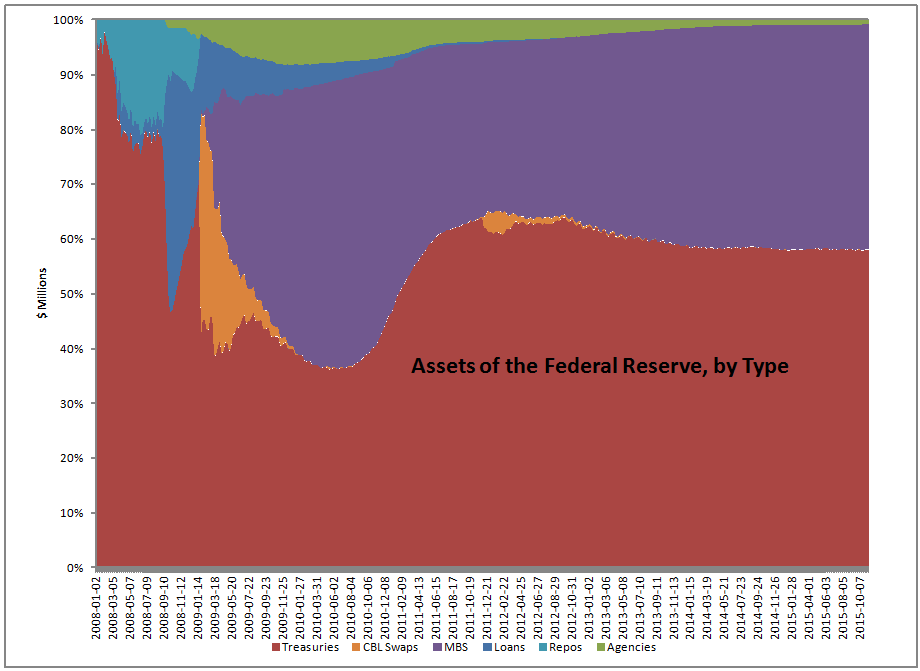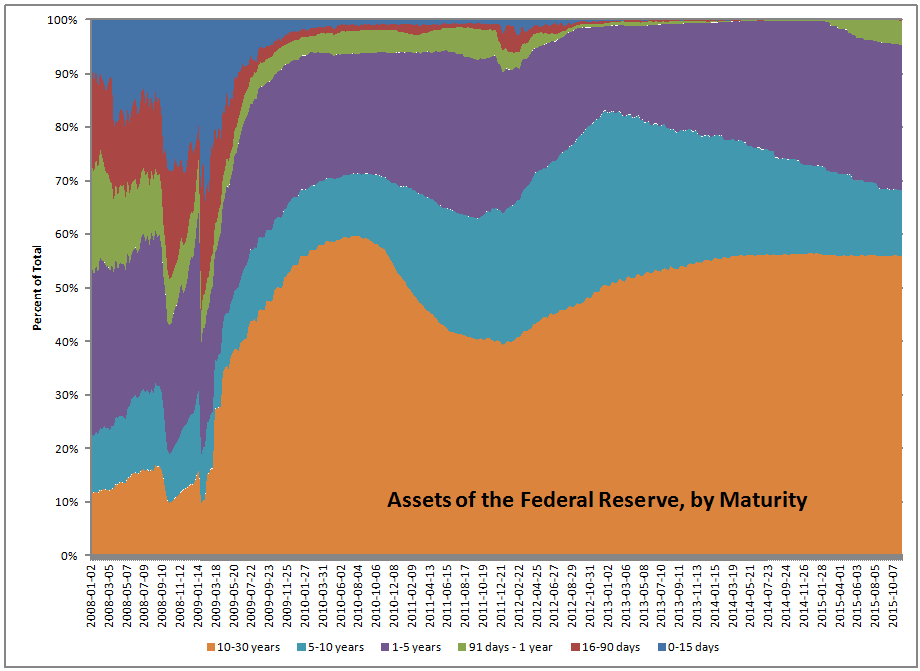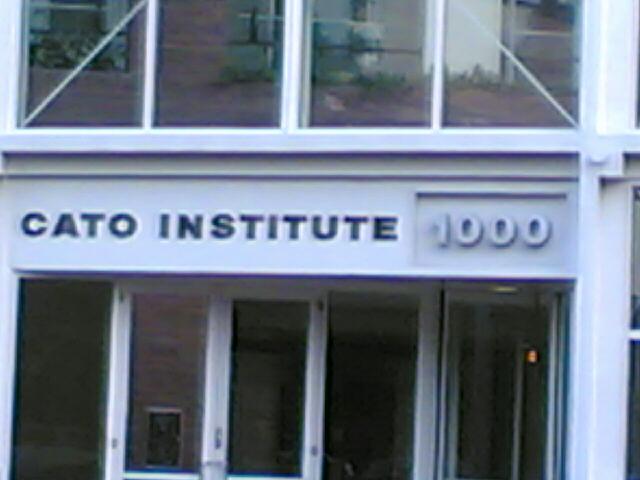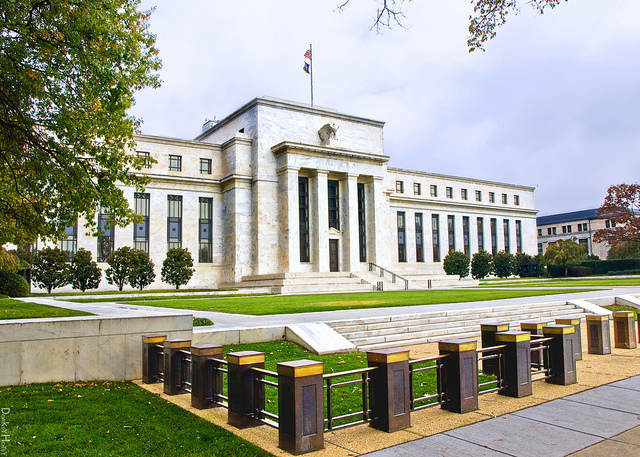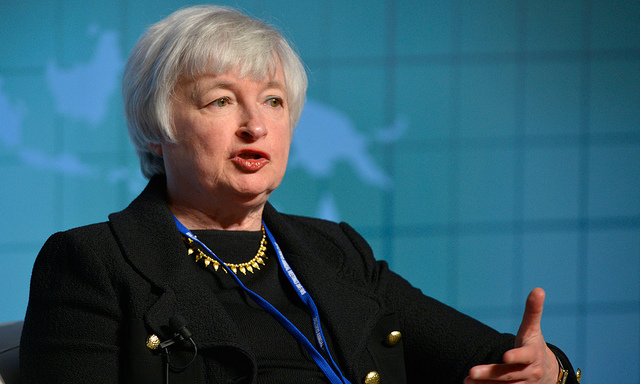Post 2800, or, 8+ Years at The Aleph Blog

Every 100 posts or so, every year or so, I take a small break from covering the markets to give a few thoughts of mine that are less related to the markets. ?I have not done that recently. ?I skipped doing post 2700, and also a post for my eighth blogoversary. ?I also slowed down my posting generally. ?Today I would like to explain why that was so.
I carry a lot of responsibility outside of my business, family, and writing. ?The last two years had me taking on more responsibility at my congregation because:
- Our pastor left, and I helped lead the search for a new one, who started with us this past June.
- When there is no pastor, who takes care of pastoral needs? ?Those don’t go away. ?Nor do the needs of a mission church that we oversee. ?I picked up the pieces where I could, including visitation?of a sick older friend who eventually died.
- I also arranged for 80 weeks of temporary preaching.
- Together with my fellow elders, we agreed to purchase a building adequate to hold our congregation, and end our situation of renting a school, as we had for the last 27 years. ?We did that before we called a pastor. ?I took care of all of the financial aspects of the decision, which made life easy for my fellow elders. ?That transaction closed last week; in the picture above, that’s me standing at the back of the building in Burtonsville, Maryland. ?(My congregational website is listed on the homepage — if you’re in the area on a Sunday, you can drop in for worship. ?I’m the one up front leading the singing on most days.)
- We are in the midst of selling a smaller building that we own, to help fund the purchase of the larger building.
There’s more than this, as I aided our Presbyterial and Denominational efforts, and aided the Baltimore CFA Institute, but those are normal duties for me.
Add in my two seniors in high school this fiscal year, and that makes me a little busier as I teach both of them economics, and one of them Calculus. ?Both are also good athletes, and their schedules take up time. ?Next year, home schooling gets quieter, as we will only have one left at home, and she is a quiet one.
During the busy time, something had to sag, and the two things that sagged were blogging, and marketing for my firm. ?I did not let asset management sag, because I owe a debt of service to existing clients. ?I dd not put much effort during the period into obtaining new clients. ?I felt that was the right way to do things — I don’t have to grow, but I do have to serve. ?Also, I don’t have to blog, but I like doing it, and never wanted to stop completely.
At this point, things have freed up enough, that more regular blogging ?can resume, together with restarting marketing. ?As for future topics, I do have a few more things to write on personal finance, and I hope to write out more book reviews, and the pieces in “the school of money” and “simple stuff” series, while still taking up intriguing topics where I have opportunity.
As always, thanks for reading me, and now you know how busy my life can be.






